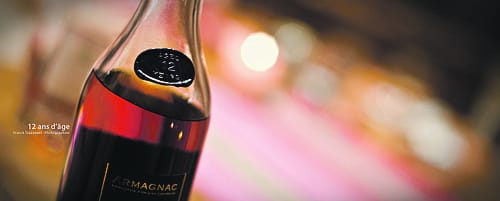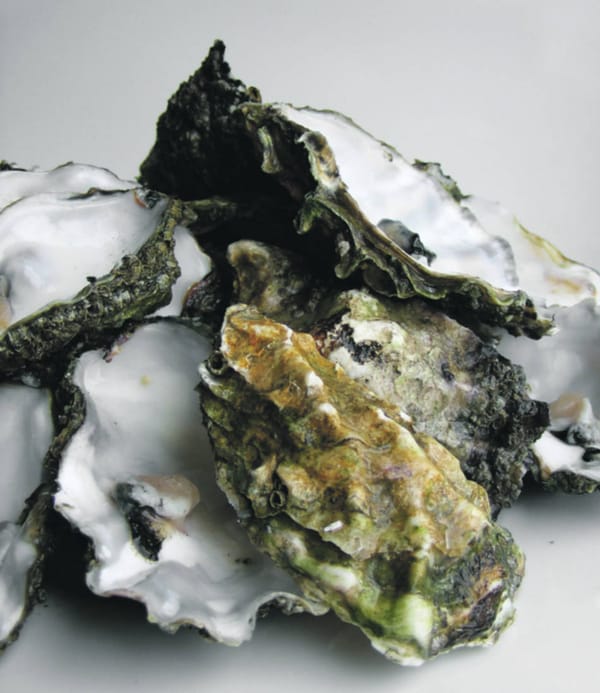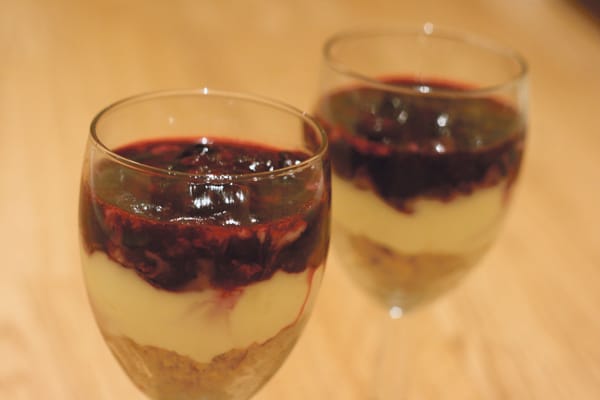When the Dinner’s Over
Christian Franke lists how to end a dinner on a non-WINE note

After having a long, drawn out and indulgent dinner, what does one have whilst engaging in sophisticated conversation and to cleanse the palate after the cheese board? To continue drinking wine simply lacks imagination, besides it wouldn’t be best suited to aid digestion. Fortunately a whole genre of drink has been developed over the past several hundred years purely for this purpose, I am of course writing about the digestif.
Typically these beverages are in the form of sweet, yet deceptively strong (usually 40%, or more) liqueurs though there are more bitter alternatives available and fortified wines, such as port, which are often drunk in the same setting. We’ll look at the former for simplicity. Despite how delicious these liqueurs may be, I wouldn’t recommend one to binge drink large quantities of them, purely for financial reasons of course.
Gran Marnier
A personal favourite of mine, this cognac-based orange liqueur has a beautiful gold orange tint. Its flavour hails from the peel of bitter oranges. If juices were used then it wouldn’t have the same sweet taste. The uses of this drink go further than a digestif. When eating poffertjes (small Dutch pancakes), it is accompanied by icing sugar and butter. It is used in cocktails such as the Dirty Harry, which I believe is Clint Eastwood’s favourite.
Cointreau
Gran Marnier’s dark and mysterious brother. This triple sec is completely colourless with a lighter taste; where as Gran Marnier has a deeper, orange flavour. It is made from sweet and bitter oranges.
Chartreuse
Possibly the most famous herbal liqueur of all; I often think of this as Listerine that you can swallow. Usually seen in its green form, it can also be yellow, and is made by monks in the Grande Chartreuse Monastery, near Grenoble. Best enjoyed on an Alpine chalet balcony.
Drambuie
This scotch liqueur, flavoured with honey is, as legend has it, a product of a secret recipe given to the rescuer of Bonnie Prince Charlie. The main use of the beverage is introducing youngsters to the taste of whisky, thus is very, very dangerous.
Limoncello
Generally liked, this Italian lemon liqueur has become more popular in recent years and is commonly served in restaurants. Unlike the other beverages mentioned so far, Limoncello must be served ice cold, so if you have a bottle at home then put it in the freezer now. You can very easily make this one at home with vodka, sugar and lemon peel/ zest.
Sloe Gin
Armies of housewives across the country must have felt redundant when Gordon’s started manufacturing sloe gin. The making of sloe gin is one of those quaint great British institutions, which I for one, admire. Once the sloe (blackthorn) berries have been picked, each berry must be pricked and placed in a container with gin and sugar. Sugar is necessary to infuse the flavours into the gin. The infusion takes several months to a year, needing a vigorous shake every now and again. The fruit must be extracted once ready.
You can make homemade liqueur with any fruit of your choice, sugar and a neutral spirit, though how it’s served can vary. In countries such as Holland, the liqueur isn’t left to mature for very long and is served with the fruit. It is more common in England to drink the liqueur by itself.







